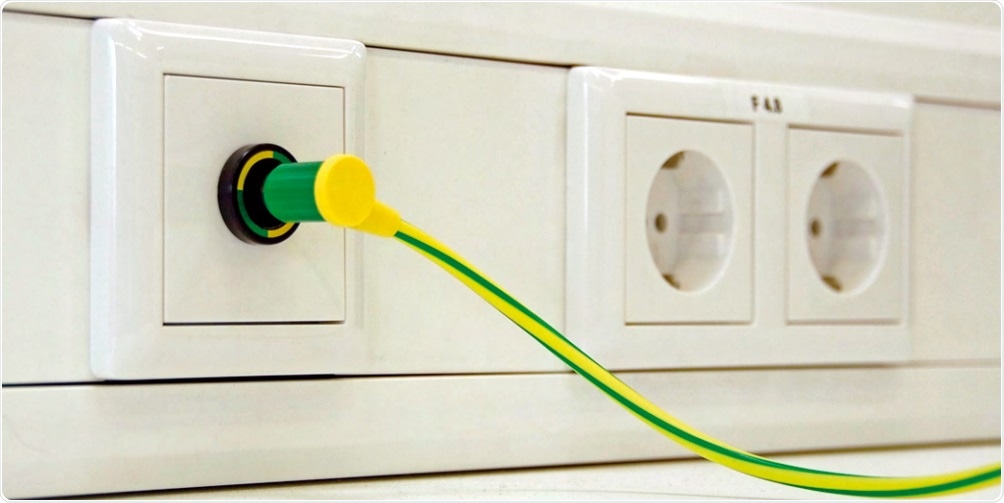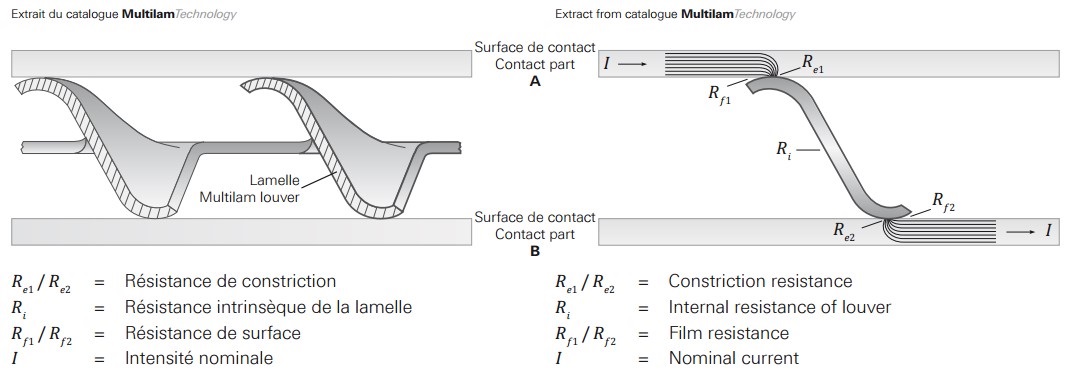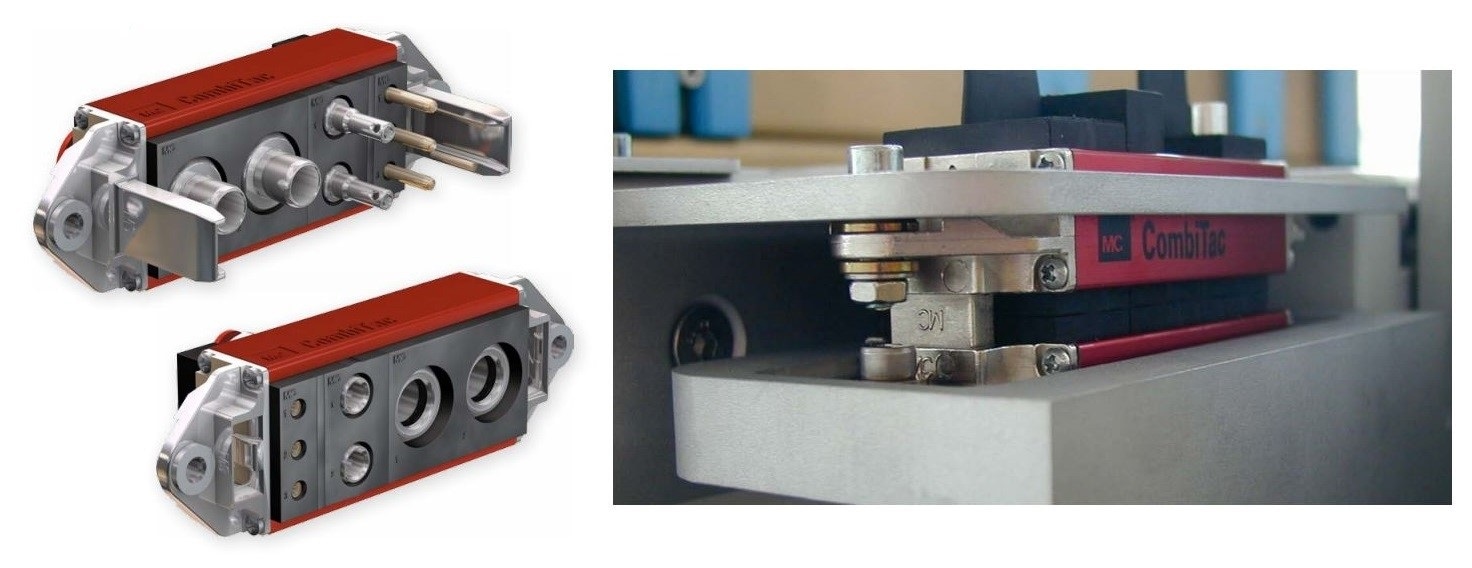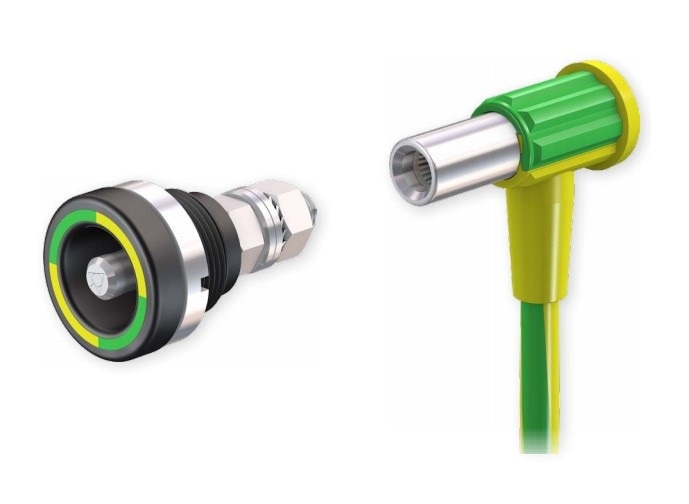Sponsored Content by StäubliApr 21 2017
An interview with Marina Lee, conducted by James Ives, MPsych
Please give an overview of the problems that medical connectors have to overcome, and the innovations that Stäubli Electrical Connectors have made to solve these problems.
Our medical connectors are used on a variety of medical devices. Here in the U.S. medical devices are approved by the FDA (Food and Drug Administration) and classified into three risk categories, classes I, II and III.
Class III devices are associated with the highest risk and therefore have the highest requirements and regulations. An external pacemaker is a class III device for example. Examples for class II devices would be electro-surgery equipment or infusion pumps.
As you can imagine, class II and III devices have the highest requirements for their components which include high reliability, safety and a long life time. Also connectors in the medical field need to be sterilization compatible if they come in contact with patients and medical personnel. Then they have to fulfill the specific requirements of the medical device such as form factor, voltage and amperage.

Stäubli connectors (previously known as Multi-Contact) fulfill those requirements; the technological core of our connectors are the MULTILAM contact bands, which are installed on the plug or socket side of the connector to provide a high quality and very reliable connection between those two parts.
One advantage here is that the low contact resistance also allows very small signals to be transmitted accurately. MULTILAM bands are also very durable contacts. Some of our bands permit up to one million mating cycles so they allow for a very long lifetime of the product.

In terms of safety, most of our connectors are touch-proof. Most of our Medicalline products can also be steam sterilized and we are happy to validate other sterilization options if needed.
One of the benefits of working with Stäubli electrical connectors is that we are a precision electro connector company. We're highly precise and high quality.
We have an American work force that can work locally with customers to come up with a custom design based on that precision engineering from Switzerland to fulfill a custom need.
Most people can't say that; they produce off the shelf connectors but with us we can modify a connector or we can come up with something completely new.
With bespoke products, everything can be sourced locally, with a local engineering team, you don't have to worry about a distant company that's going to manufacture something, and at some point send it over to you.
We provide engineering work so that we can work together on a project and if it becomes feasible then they can purchase it. They can outsource the engineering to us and we'll handle the connector part, because that's our expertise.
What types of connections do you produce? What applications are these used for?
At Stäubli Electrical Connections we design and manufacture a variety of standard connectors for the medical field provide custom solutions based on a customer's specific requirements.
Our standard product range includes 1.5mm, 2mm and 4mm connectors, assembled leads, adapters and panel mount receptacles which are commonly used in applications such as electro-surgery and ablation equipment.
They provide the connection of the hand instrument to the generator for example. Another application is heart testing and temporary heart pacing. In this case our connectors are used to connect to testing and pacing catheters. They are also installed on ECG cables.
We are the only manufacturer of a special type of connector range called POAG. POAG is the abbreviation of the German word ‘Potenzialausgleich’ and stands for equipotential grounding or potential equalization.

POAG connectors are used in operating rooms to reduce the risk of electrical shock to the patients and medical professionals. By bringing all the equipment to the same potential it will remove stray voltages by spreading them across all equipment. We’ve also had cases where customers use POAG connectors for noise reduction in the OR.
Another product used in medical devices is our modular connector system CombiTac. CombiTac is a multi-pole connector which gives the option of power, signal, data gas and fluid connections, to name a few, all in one connector housing.

These are used in operating rooms for the supply of video or anesthesia units, or to connect hand pieces to medical devices for example. CombiTac is also used in automated testing of medical devices. In addition, we offer a range of testing leads and probes.
How is a consistent connection ensured? What is a float mount?
A float mount is necessary for multi-pole connectors like our CombiTac connector. In a multi-pole connector the plug and socket side both have more than one contact pole. There are certain design tolerances.
You can imagine that if the poles are installed rigid in the connector housing, the plug side could potentially not mate with the socket side or if it does mate, there may be more friction.
By making the contacts with at least one side as a float mounted, it can adjust its position and absorb any design tolerances. This allows for blind mating of the connector and also for a longer life time because of less wear of the contacts.
With applications such as electro-surgery, it is imperative that the machine is well connected and doesn’t receive too much or too little current. How are the connections quality tested to make sure they can withstand their requirements?
Our facilities comply to ISO 9001 which is a quality management standard that includes design, development and verification processes for new products.
In addition, we perform general quality tests on our products and have testing facilities in the US, Switzerland, France and Germany for specific testing needs, e.g. humidity and vibration tests.
How long are the connections designed to last and how do you know when to replace them?
The IEC, that's the International Electrotechnical Commission, defines a connector at end-of-life when it reaches twice its initial resistance value. At Stäubli Electrical Connectors, we further define this by voltage drop. A connector is considered used when the voltage drop at rated current is higher than 25mV.
While we offer connectors for up to 1 million mating cycles, for medical most are limited to a standard 5000 cycles and many are actually disposable and only used for one mating cycle.
That said, the actual medical device may have features that tell the medical professional when maintenance or replacement of a component is needed. In the end it's the service company or the manufacturer that would be the one to decide whether the connector needs replacement.
Is there any redundant or back-up system with these connectors?
Our contacts and connectors are installed in medical devices such as electro-surgery generators and AEDs. If there is a back-up system needed, the OEM of the medical device would be the one to design it in.
That said, our solutions are very high quality and reliable to prevent any failure, which is why they are used in critical areas. I actually just talked to a customer of ours at a medical show. He uses our 2mm plugs and sockets for temporary heart pacing cables and mentioned that in over 15 years they never had a failure, which was great to hear.
How resilient are the connectors to wear and tear? What features affect this?
Even if the connectors are used correctly, the plating of the metal contact may wear, especially when the connectors are plugged and unplugged often. Our standard MULTILAM contact bands are silver and gold plated. Both materials are very resistant to wear.
We can also adjust the material, plating thickness and contact force for applications that require a higher number of mating cycles.
Some applications call for an increase in the current passing through the connector, which increases the temperature. How does temperature affect the types of materials used for these connections? Within what temperature ranges do your connectors work?
The different parts of a connector are made from different materials. The maximum working temperature of the complete connector varies and depends on the materials that are used for the connector body, MULTILAM contact band, plastic housing and cable insulation.
For example, our standard MULTILAM contacts allow working temperatures of up to 180 degrees Celsius. For higher temperatures special materials can be used. Commonly used insulation materials are silicone, PVC and TPE and their maximum working temperature varies between 70 and 90 degrees Celsius.
The maximum working temperature of the insulation material is always lower than the one of the metallic components, which means that we are far away from the annealing temperature of the metals which ensures a long term stable contact force and resistance.
How are these connectors sterilized? Can they be autoclaved or is manual sterilization required?
Most of our medical line products such as the 1.5mm and 2mm connectors are steam sterilizable and medical professionals can sterilize them by hand or they can sterilize them in an autoclave chamber.
We're also happy to validate any other sterilization options such as EtO sterilization if needed.
What is a POAG socket and how does it differ from a normal socket? What innovations are there in the sockets that the connectors are attached to?
POAG connectors differ from our standard products in that the pin isn't a perfect cylinder but rather has a curved depression at the contact point. That effectively allows the connector to lock but still be disconnected without a special tool which is a requirement of the IEC standard IEC60601-1.

The potential equalization system is separate from the ground or earthing connections of the individual pieces of equipment in the operating room and allows all the equipment and the patient to be brought to the same electrical potential.
That’s done to prevent electrical shock to the patient and the medical professional and creates a safe operating environment for critical procedures such as open heart surgery or neurosurgical procedures where the doctors are monitoring various signals from the patient and cannot afford any outside noise in the monitoring.
What does the future hold for Stäubli Electrical Connectors?
We recently changed our name from MultiContact to Stäubli Electrical Connectors. Stäubli has been our parent company for over 15 years, so we are really excited to finally use the same name.
Stäubli is a big company. We have three main areas: robotics, textile machinery, and connectors. The connectors division is separated into fluid connections and electrical connectors.
The future of the company is a vision where we present ourselves as a complete mechatronics solution provider. Whether it is robotics, or textile machinery, or whether you need a connector, electrical or fluid. We can provide a solution for you.
Where can readers find more information?
Readers can visit our website for more information which is https://www.staubli.com/us/en/home.html
They are also welcome to contact me directly with any questions they may have.
About Marina Lee
 Marina is Specialist for the Life Science and Data Center Markets at Stäubli Electrical Connectors. She has more than seven years of experience in the connector industry including positions at Stäubli Electrical Connectors (formerly Multi-Contact) and Phoenix Contact.
Marina is Specialist for the Life Science and Data Center Markets at Stäubli Electrical Connectors. She has more than seven years of experience in the connector industry including positions at Stäubli Electrical Connectors (formerly Multi-Contact) and Phoenix Contact.
Before that she worked for Texas Instruments in Business Development. Marina holds a B.S. in Engineering and Business Administration and a M.S. in Electrical Engineering and Renewable Energy Engineering from universities in Germany where she grew up. She now lives with her family in Southern California.